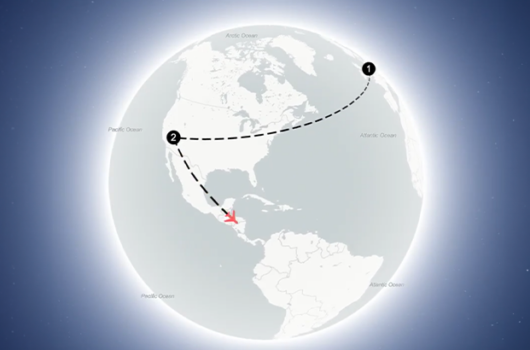In cartography it’s the little things that matter. A map has many functions and it’s easy to forget one. If you do, a map can become useless or even lead its reader to the wrong conclusions. That’s why, formerly, only cartographers who have studied the art and science of graphically representing a geographical area, were the ones carrying out the manual labor to produce maps. What used to be cumbersome and labor-intense handwork has long been replaced by automatic, online, available-for-everyone systems. For the better? Not always!
One of a map’s many functions might be an answer to this question: How do I get there?
Roads to travel – in mapping terms – are in fact just lines to follow. Planning a route visually is done by looking at the road infrastructure. Highways, main roads, minor roads – follow them to your destination. But what if there is a hole in a road? Is it there because an obstacle limits your route? Didn’t they finish the road there? What gives? Take the risk? Start up a route planner, zoom in and investigate (if you can)? A missed chance for the cartographer to correctly inform the map’s viewers. Wait; cartographer? Not anymore, automatic systems are supposed to fix that!
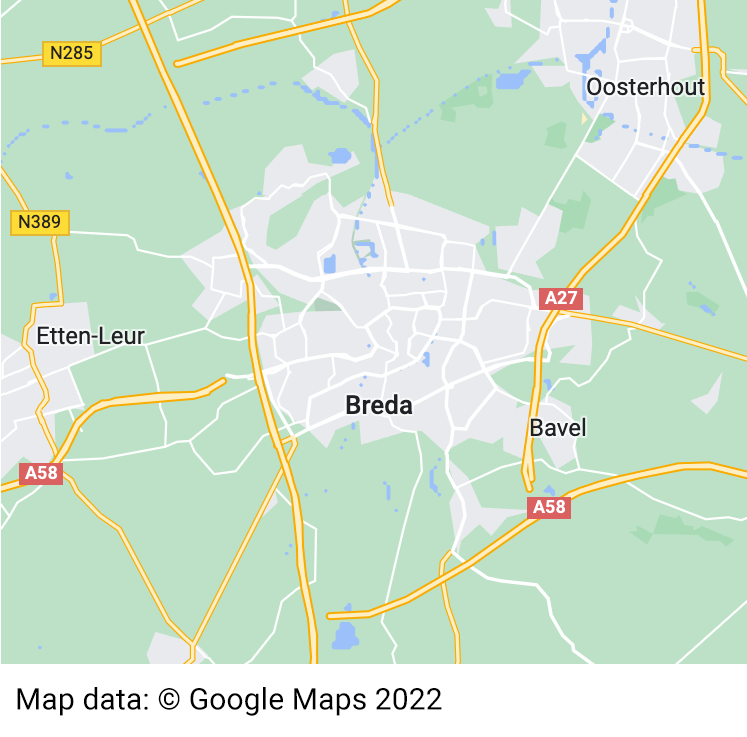
We can see the highway being interrupted at the intersection. Why? The answer is as banal as simple: the highways at the junction are linked using unidirectional connectors. These, however, are of a different category than the highways. If you forget to select them during the map data building process, you will lose visual connectivity in the end result.
We initially made the same mistake and were surprised to find it to be a common blunder. Instead of assuming the problem could not be solved, we analyzed and fixed it. In OpenStreetMap (our data provider), it wasn’t clear how to select these connectors, but we found a way, added the highways and corrected yet another error that could lead to the wrong conclusion for the reader. Curious what we did? Get in touch with our data team!
Dense cartography
More and more the maps you see are interactive. They are easy to move around, zoom in and out on and reveal extra information that way. This changes the way we make cartography. Whereas in the “old” (paper) days we had only one chance to convey the message to the reader, now they have more options to get to the information they need. It does however require action from the side of the reader.
Is this a residential area? Can I ride my bike there? Are there hiking tracks in that national park? Can I park at the entry? All questions which don’t need to be answered immediately in the initial map, because the user can find out more by zooming in and revealing more details.
This is great! It actually enables us to both putting more information in the map, but also making the map emptier. The latter makes it easier to read and (important to cartographers) easier to make. Where in the paper days you would move, fit, color, squeeze and throw in all information at once, now you can relax and leave the task of finding the correct information to the reader. It has made the cartographer lazy and the reader less of an expert, at the expense of having to interact with a device.
Is that a bad thing? Not really. Mostly not. Maybe…up to a point. It does make a map less strained, stressed out with information. Have a good look at a Michelin paper map of Portugal from the 90’s and Google maps now and you can easily see what we mean.
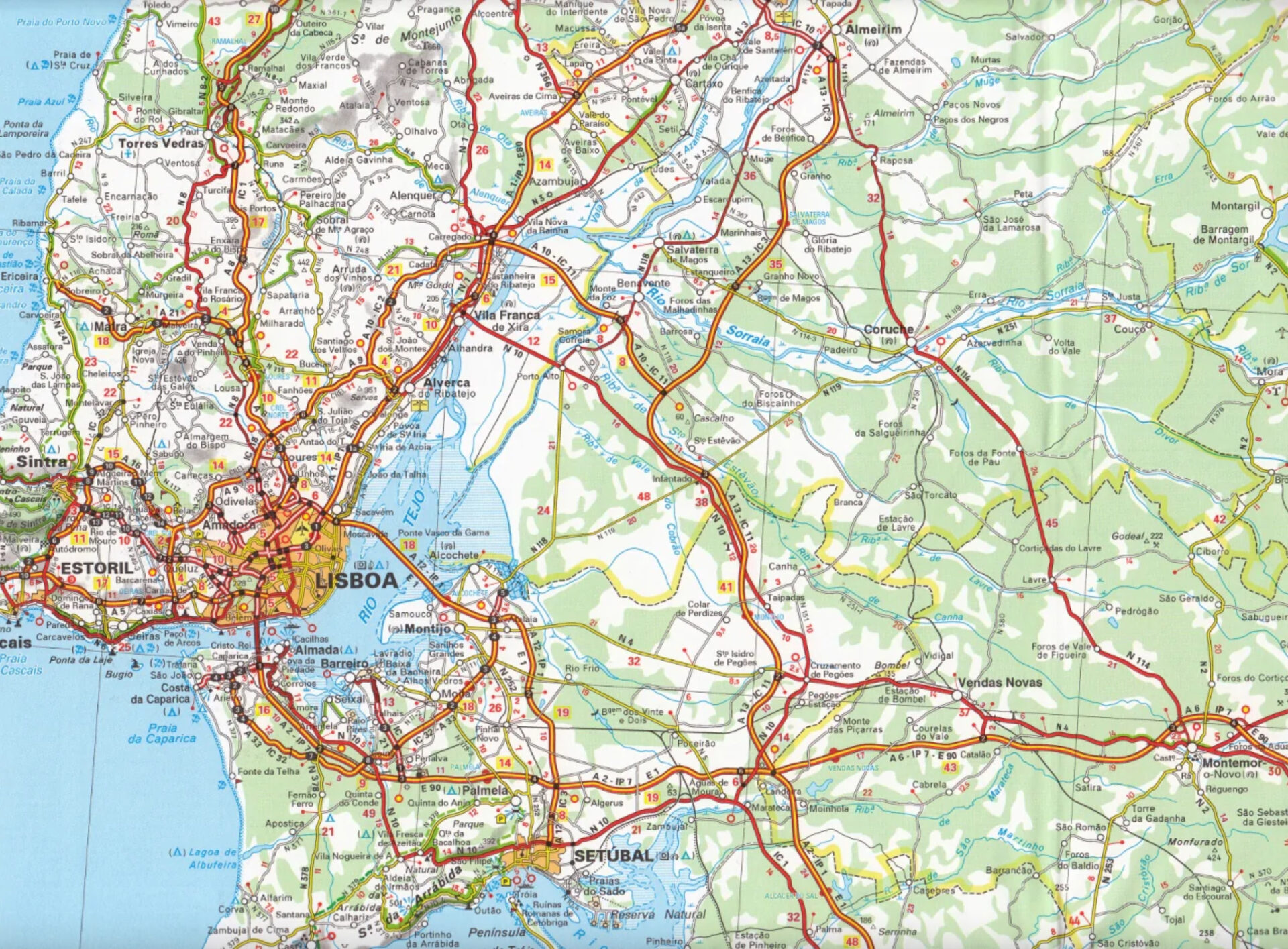
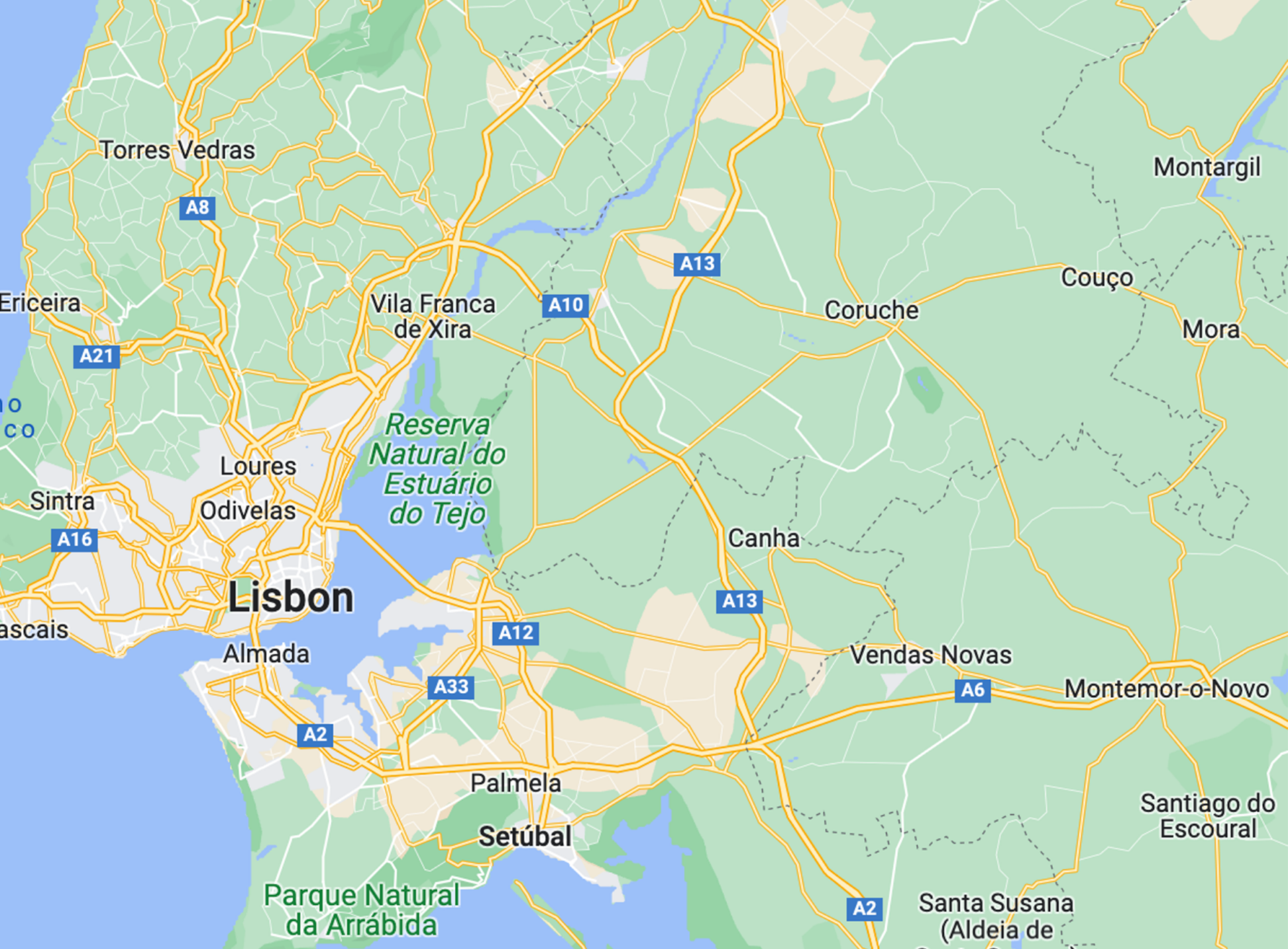
The Michelin map, in the days seen as a prime example of a certain type of map, has been meticulously created by hand. Every line, icon, color has a function and correctly shows the actual situation. Wonderful, functional, challenging to read and even more difficult to make. These maps are no longer mainstream.
Different purpose, different map
Dumbing down cartography however might not always be the best solution. Sometimes it is still nice to have a map that isn’t interactive, but still invites the reader to wander around. Look from place to place, explore around, find hidden content, derive underlying conclusions.
We believe that the days of highly dense maps like the Michelin example is gone from mainstream forever. However, we also believe there is still room for dense maps that contain a lot of information, many elements, many labels. It can be used to invite readers to explore without zooming or panning. Explore the story the writer wants to tell. Don’t give them the need, or opportunity, to start procrastinating and zoom to their house (really, again!?).
Let’s see this comparison between the map of Portugal from Google and a map of the same area made with Mapcreator.

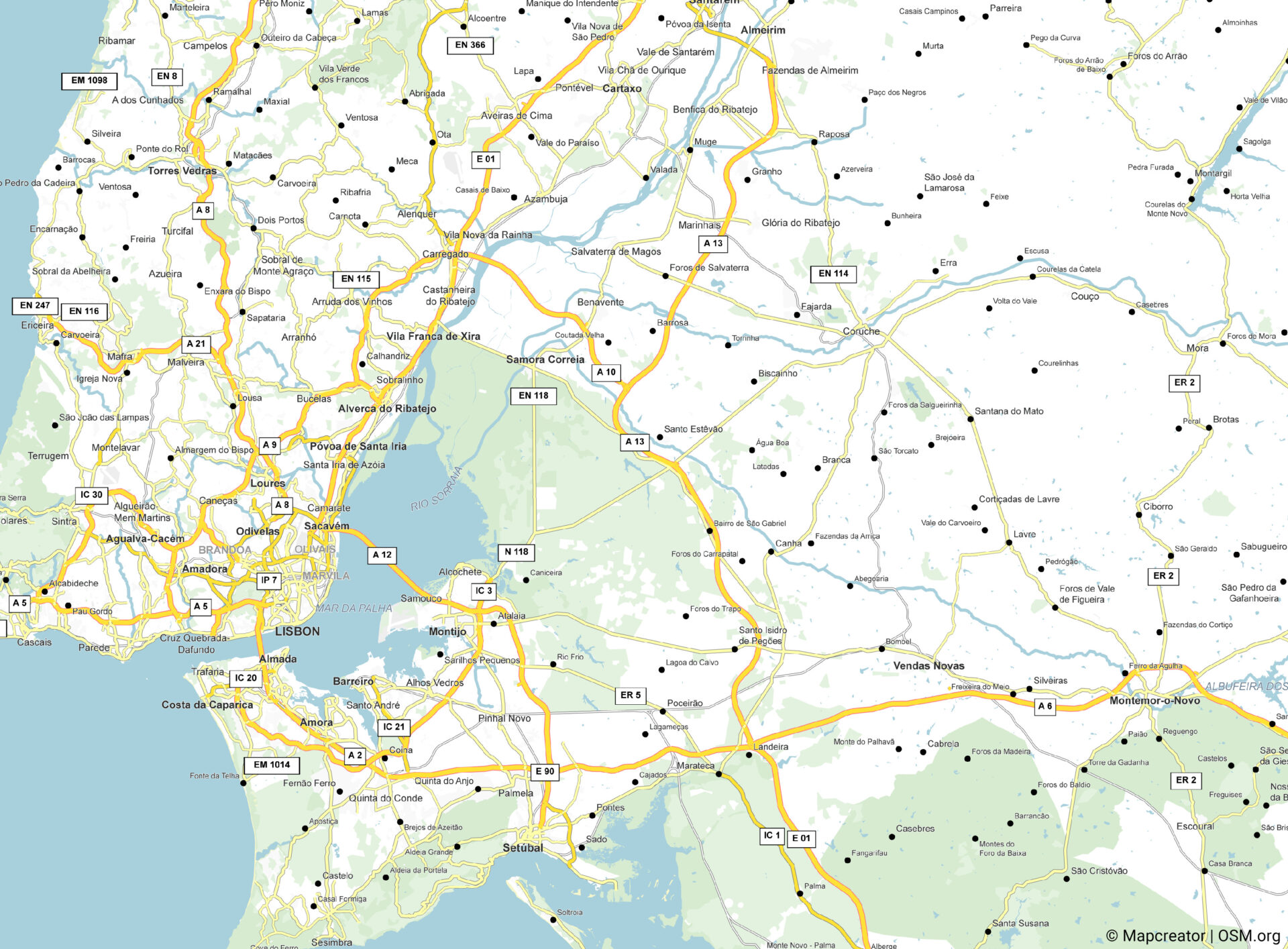
The Mapcreator one provides all the necessary information without making the reader feel overloaded, suffocated or overwhelmed. It only takes a few minutes to make and yet it is rich and purely operational. It gives the reader easy access to the information needed and allows you to be the creative director.
Indeed, you decide what kind of data density to display, without changing your zoom level. We realize that different projects, call for different needs, and we help you along the way.
For a map to support a news story, it needs to be empty. It has one function: where did it all happen. However, when a map is part of the story it should not give its content straight away, it should rather capture the reader and entice exploration.
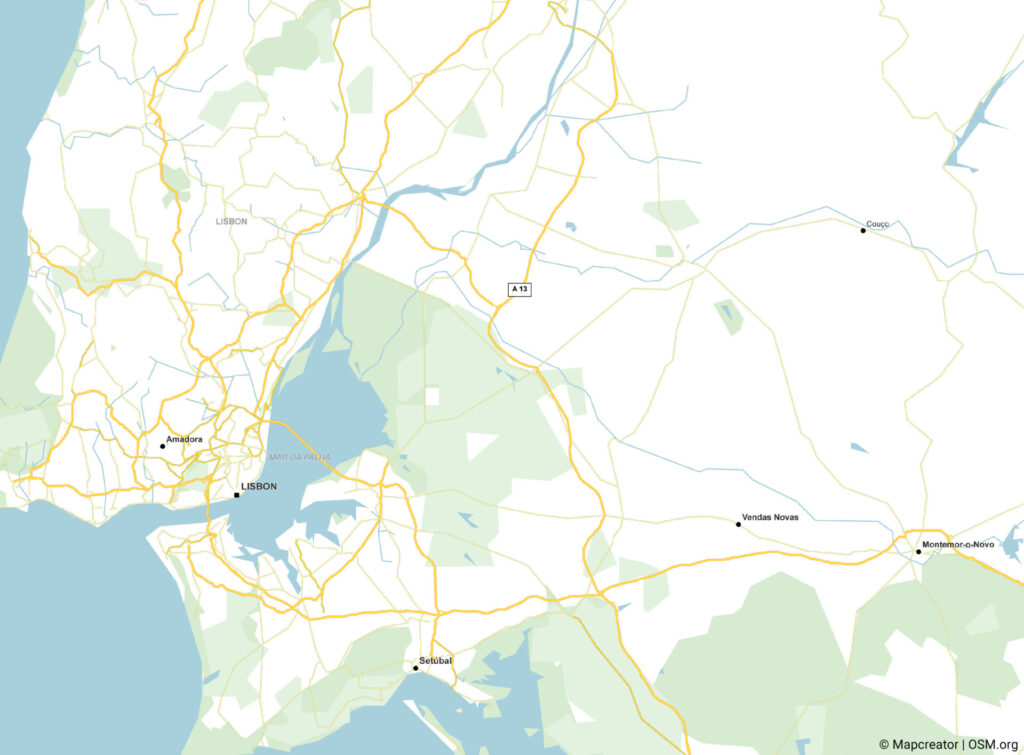
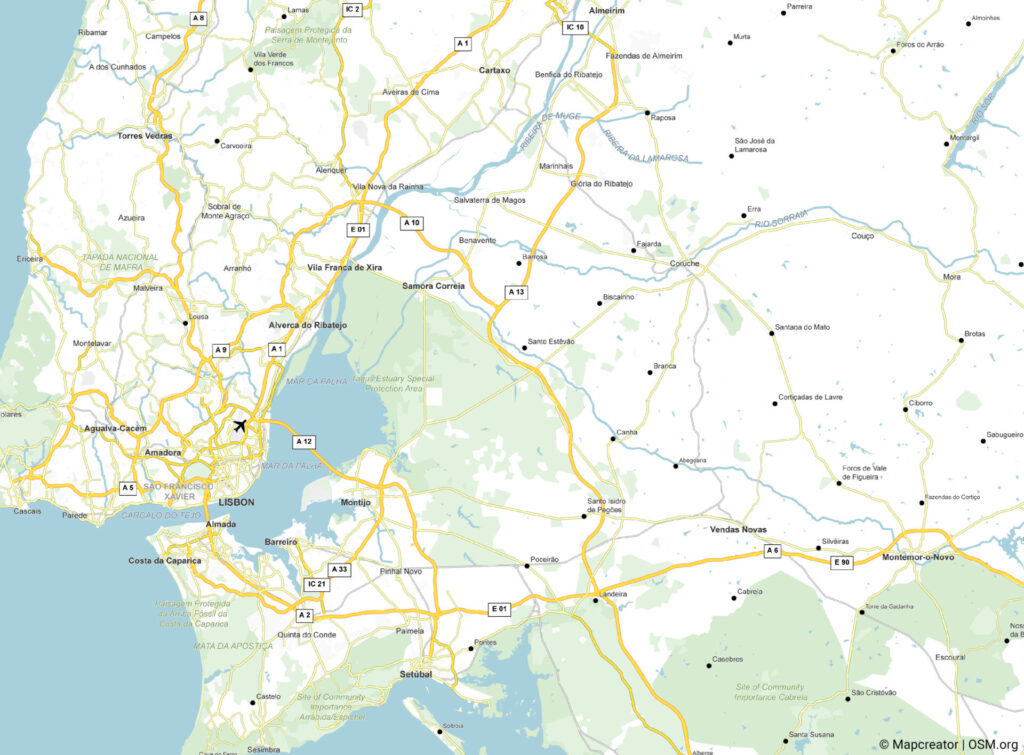
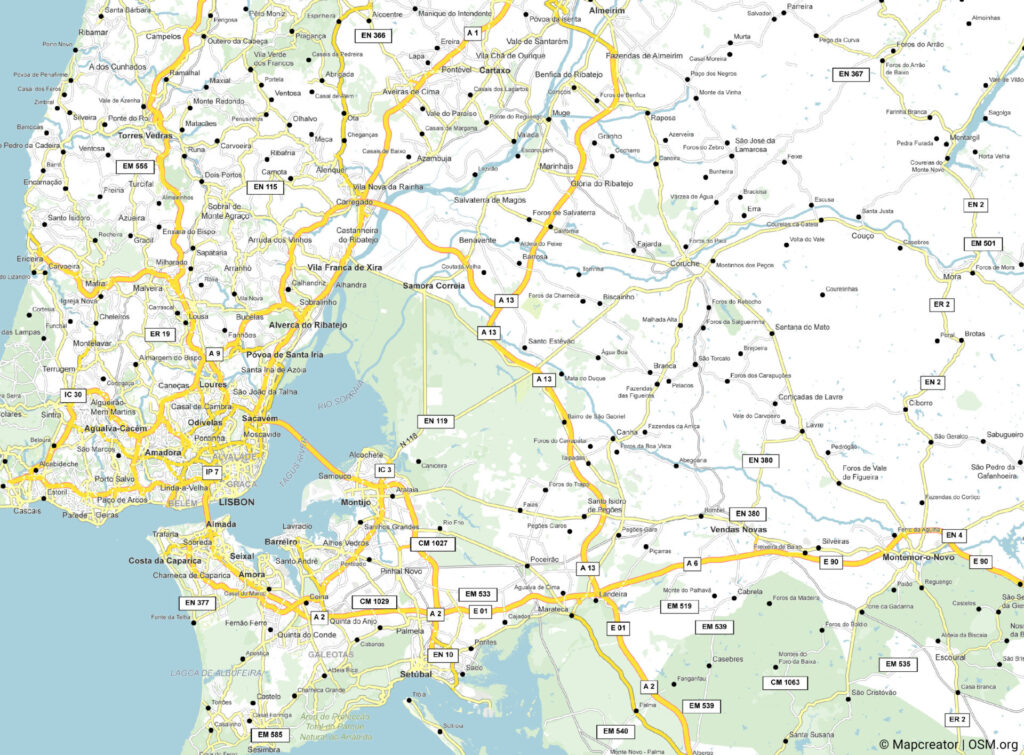
Try it out for yourself with our detail control level menu in the top bar and make your minimalist style to a complex and rich structure in just one simple click!
Next steps
While we’ve published our first OSM-based in-house generated map data recently, we’re long not done. Living off of our users‘ feedback we continue updating our map data and adding new data layers. We keep improving, fixing, iterating, until we, but most importantly, our users are satisfied. Do you love talking about mapping as much as we do? Get in touch with us and let’s talk about the challenges you’re facing!




